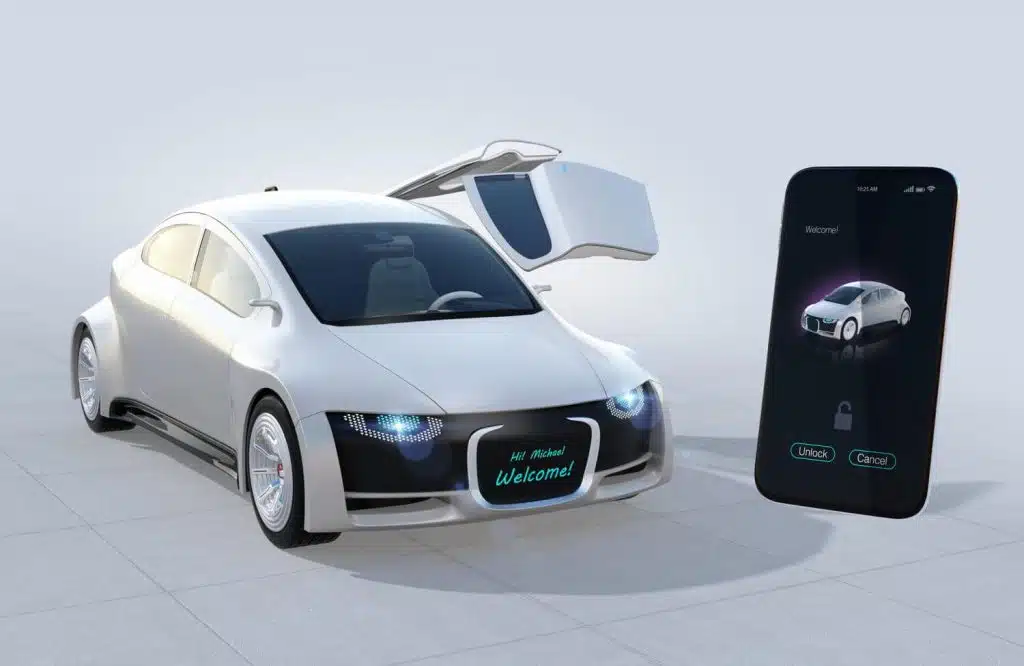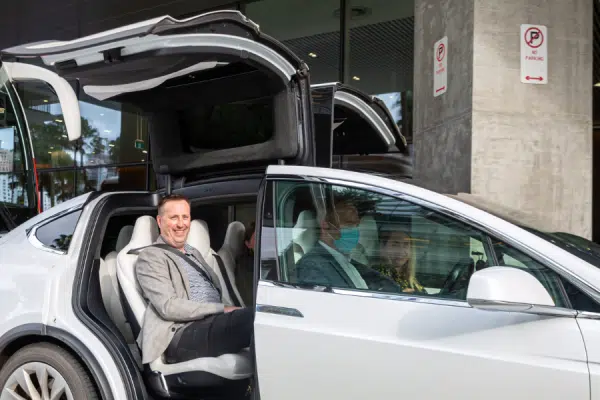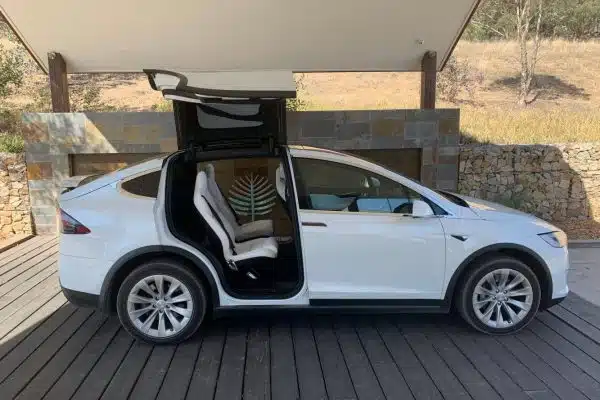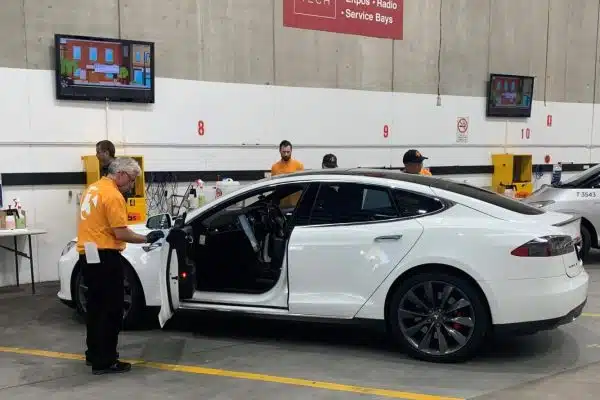Government policy paralysis and a lack of choice from car manufacturers and dealers has lead to Australia having one of the lowest uptakes of electric vehicles in the developed world. So what do the next two decades hold for car transport and electric vehicles in Australia?
The figures speak for themselves. Australia has less than six per cent of electric vehicles per head of population – far fewer than countries like Norway and the Netherlands.
While Australia lags behind, some European countries have already mandated all new vehicles must be electric by 2030. Our lack of uptake is even more puzzling when you consider that the majority of lithium that powers these vehicles comes from mines in Western Australia.
Cars and the public’s attitudes towards them are changing. Concern about their impact on the environment, combined with rapidly evolving technology will have things looking very different by the end of the next decade.
Petrol and diesel cars… a thing of the past?
Right now, owning a luxury electric car in Australia like a Tesla comes with a hefty price tag. This is beyond the reach of most people but as new manufacturers enter the market costs have begun to fall and EVs are becoming more mainstream.
New model types are also set to enter the market. For example, Tesla, Ford and Rivian in the US currently have electric ute/pick-up trucks in the works, which could become the next ‘must-have for tradespeople.
Tesla, Daimler and other manufacturers are planning to release electric-powered semi-trailers in the next few years. In Victoria, SEA Electric is ramping up to produce home-grown electric trucks and vans.
According to Bloomberg, it will be cheaper to buy an electric car in Australia than one powered by petrol or diesel by 2025. This will be the case as the batteries used to power them become easier to produce and less expensive.
How will electric cars change our lives?
Filling your vehicle with petrol and worrying about the price per litre may be a distant memory sooner than we imagined, with industry insiders saying this routine could be almost phased out within fifteen years.
Instead of filling up at the pump, we will need to charge our electric vehicles. Already, many car parks offer power outlets for charging, while there are specialist fast-charging stations popping up around the country.
The NRMA is installing forty fast-charging stations around NSW and the Queensland government has created what they have dubbed the ‘Electric Highway’ between the Gold Coast and Cairns.
The cost to charge will be minimal … just a few dollars for around 100 kilometres of driving. Most of us will get into the habit of charging our cars overnight at home.
For long trips, we will plan ahead and allow time for a vehicle recharge, which presently takes significantly longer than filling a tank with gas (at least half an hour). However, some industry experts are predicting charging times will dramatically reduce within the next five years.
There are already websites which show you where to charge your electric car in Australia. Click here to find one near you http://myelectriccar.com.au/charge-stations-in-australia
With far fewer moving parts, electric cars need less servicing and are cheaper to maintain than petrol and diesel cars. Dealers will need to rethink their model of selling on small margins and then slugging owners with hefty service and repair bills. The traditional mechanic with a spanner in one hand and an oily rag in the other will be replaced by over-the-air software updates and tech-savvy computer experts.
Self-driving cars
Hot on the heels of electric vehicles are those that drive themselves. Imagine being able to jump in a car and tell it where to go. You can catch up on emails, watch TV or look out the window and enjoy the ride. The technology has already arrived but it needs more work and some legislation before becoming mainstream.
Self-driving cars rely on machine learning and clever technology. They can detect nearby objects and their speed, and interpret signals such as stop signs and traffic lights. The computer in the car controls the brakes and the steering wheel, making split-second ‘decisions’ based on its surroundings. GPS satellite systems help a self-driving vehicle safely reach its destination without human intervention.
Previewing the self-driving car revolution, high-end vehicles like our Teslas already have automatic emergency braking and lane following.
Self-driving cars open the door for a completely new approach to car use. Instead of owning one, we may switch to ‘on-demand’ services, booking cars when we need them and waiting outside our houses for them to arrive. This total transport revolution isn’t imminent but many expect it to happen within our lifetime.
It is possible that the children who are born in 2019 will never have the need for a drivers licence. However, the question of when this type of vehicle will become ubiquitous will depend on legal regulations and further advances in technology.
It is difficult to imagine a world where petrol stations and even driving are things of the past but change is happening quickly. To experience the luxury of an electric car in Australia, why not take a ride in a chauffeur-driven Tesla?
Revel Drive offers these planet-friendly cars for airport transfers, weddings, tours, corporate travel and more. Book now by visiting https://reveldrive.com.au/bookings/






